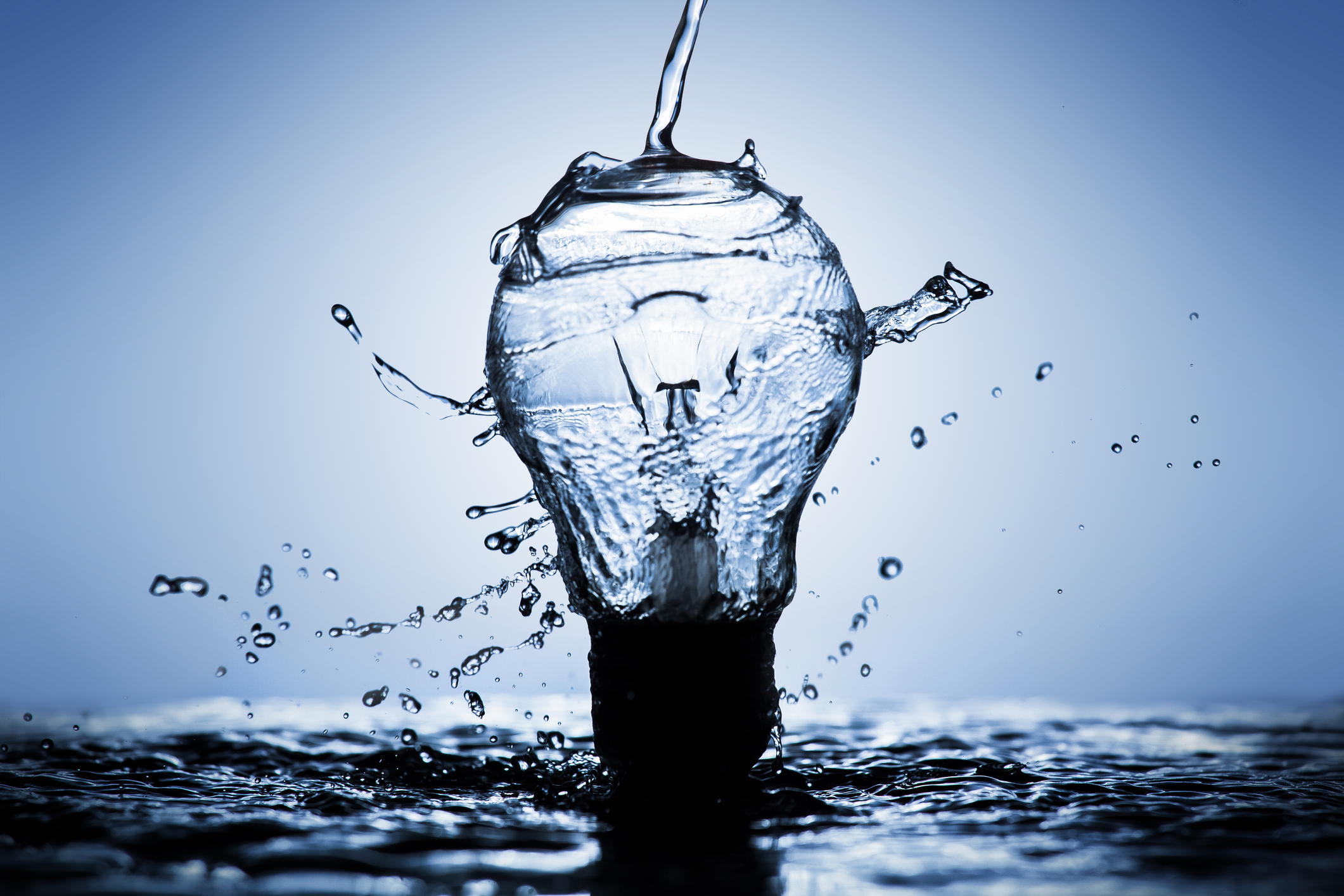Today is World Water Day and across the globe, innovation is creating ways for people to access clean water, reduce water waste, and remove pollution from lakes and the ocean.
In some African villages the only way to get water is to hike to a local river or stream, carry it back and boil it using charcoal harvested from local forests. This process is difficult, time consuming, and contributes to deforestation. Many of the pumps installed by governments and NGOs to solve this problem would break over the course of a year or two, leaving villages without water and at often waiting months for the pumps to be repaired.
An organization called eWATERservices is changing that.
Installing internet-connected pumps that measure how much water is used and charge a small fee, eWATERservices provides reliable access to clean water. By charging a fee, they encourage people to take only as much water as they need. The revenue provides an incentive for eWATERservices to keep the pumps running. Every day a pump is down is a day the organization, and its local employees, are losing money. As a result, their pumps are repaired quickly, often within a day.
The approach, using very simple technology, has yielded great results. More than 200,000 people have used the pumps, and the pumps have dispensed more than 1 billion liters of water. The pumps are also extremely reliable, with 98 percent of pumps working on average.
It is also good for the environment. Access to clean water means villages don’t have to cut down trees to boil water, reducing deforestation.
Where access to water is a challenge in developing countries, in the United States growing demand for water and drought are putting pressure on water supplies. In households, about ten percent of water is wasted, often through leaks, amounting to about 1 trillion gallons nationwide. Simple new technologies allow homeowners to identify leaks, reduce waste, and save money.
Technologies like Flume and Phyn attach to a home’s water meter or pipes and use artificial intelligence to identify how homeowners use water and identify potential leaks. Leaks can be extremely costly, and fixing leaks can reduce water bills by about 10 percent – enough to pay for the technologies in about a year.
Finally, small technologies are also keeping the water clean for fish and other marine animals. One of my favorite examples is Seabin, a floating trash can that draws water in using a pump in the bottom, collecting trash as it floats along. They report that since June 2020, Seabins have collected over 100 tons of marine litter just in Sydney harbor.
Individuals can also help reduce the amount of waste reaching the ocean by participating in a citizen science project to track the amount of trash near waterways. Marine Debris Tracker is an app that allows people to identify the amount and type of trash that is on beaches and near water. The data can be used to track debris, providing useful information that can help reduce the amount of trash entering the ocean. They report that nearly 7 million pieces of debris have been collected as part of the effort.
Individually none of these is solving the problem of access to water, water waste, or pollution. Combined they are improving lives and the planet. Thanks to these innovations, more people can truly celebrate World Water Day.



